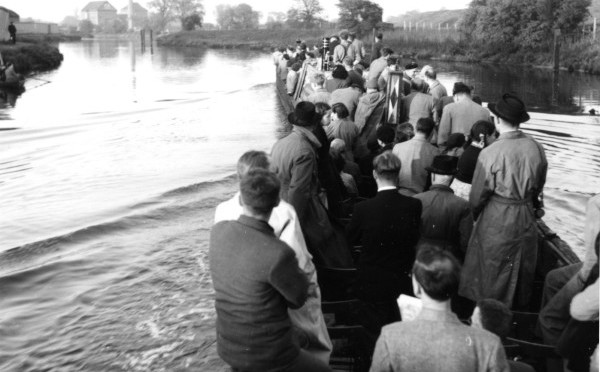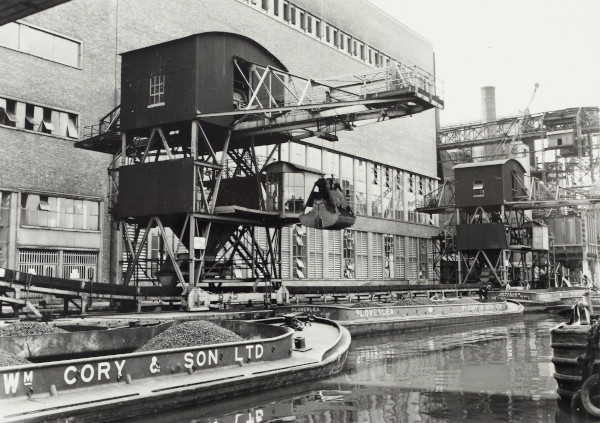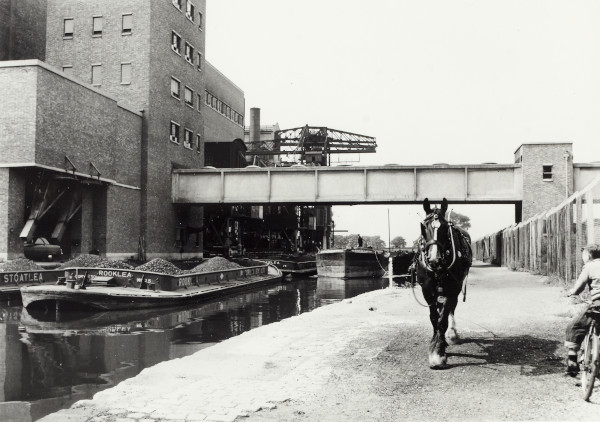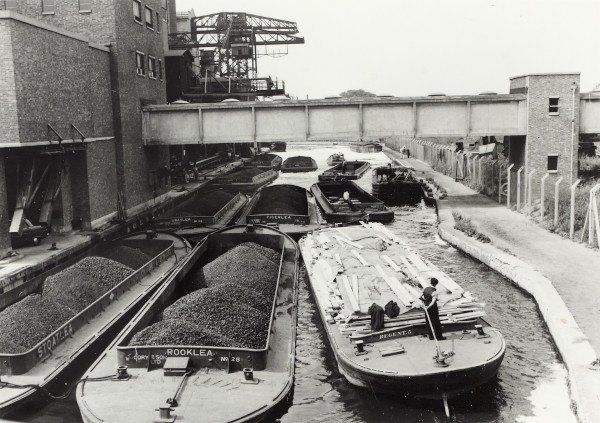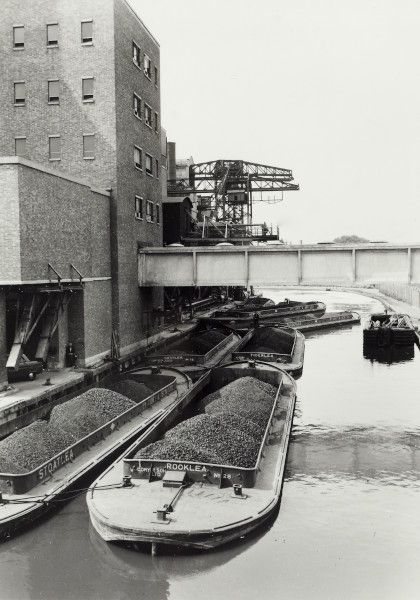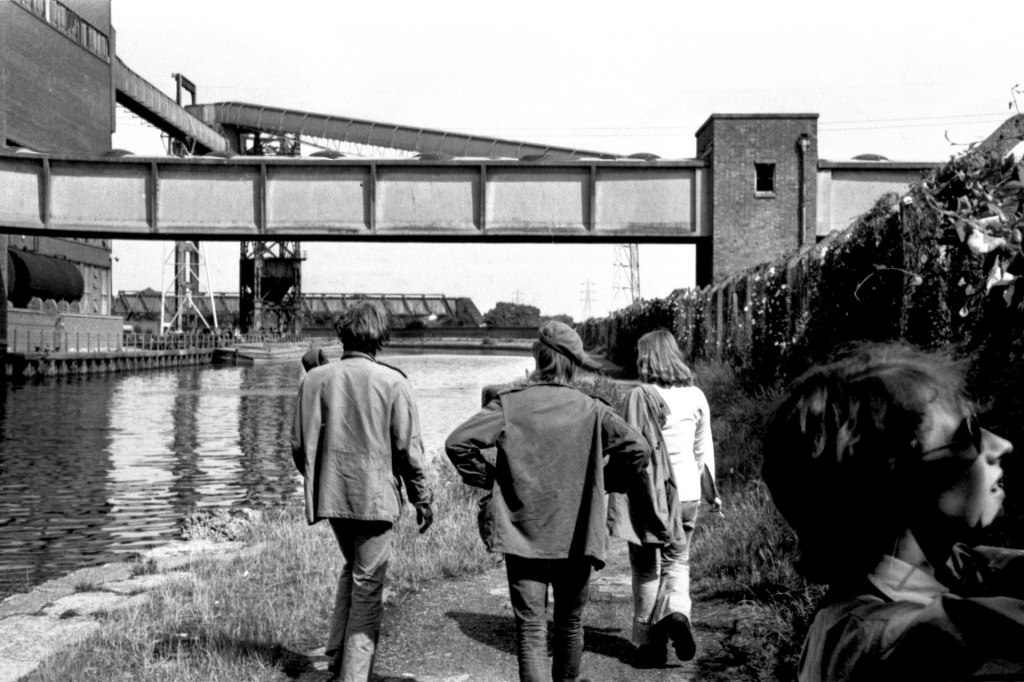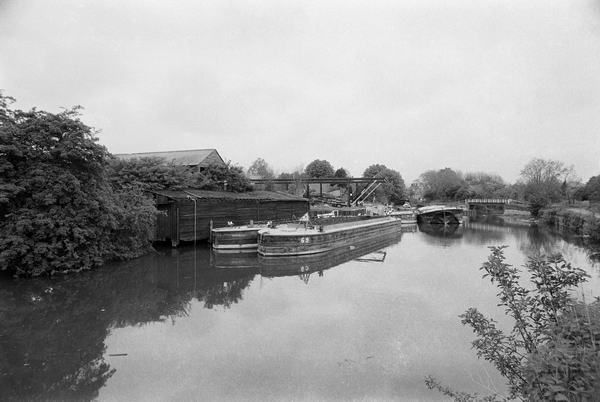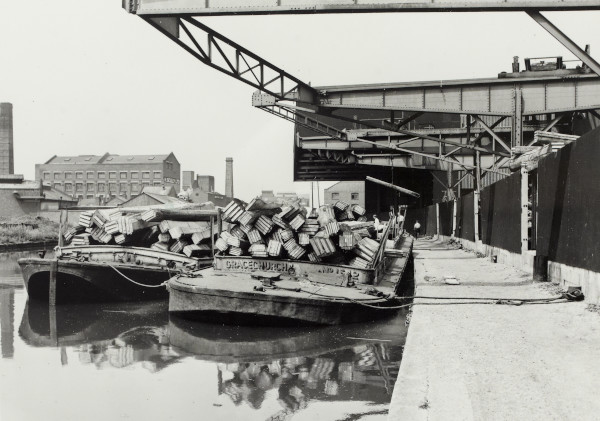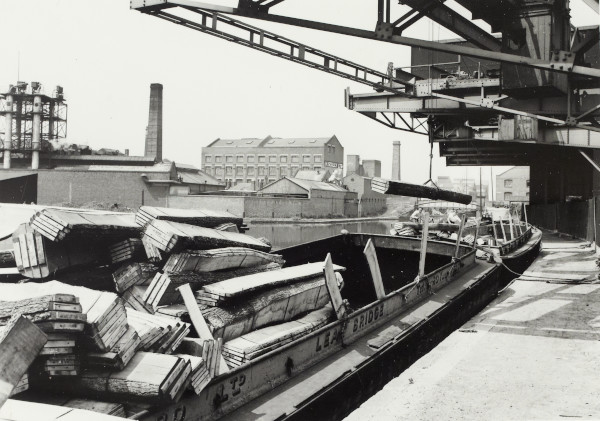The fight to defend our homes is far from new. For as long as land and water are privatised and our right to live on those lands and waters are restricted by private, often for-profit landlordism, people have always fought for our right to live.
In UK’s modern history, we saw this over a century ago when in 1915 the women of Glasgow resisted increases in rent prices. They formed a women’s housing association and in May 1915 some 25,000 Glaswegians joined a rent strike that eventually pressured the government to pass the Rent Restriction Act.

Unfortunately, the rent controls were reversed and another major wave of rent strikes came in the 1930s, when the working classes of London, Birmingham, Huddersfield, Liverpool, Aberdeen, Sunderland, Oxford and Sheffield seized power into their own hands and took strike action, demanding rent reductions as well as overdue repairs. Some tenants fought against intimidation, evictions and violence from bailiffs and police for months. Rent controls were reintroduced with the outbreak of the Second World War, followed by the Rent Act of 1957.
But as the government began inflicting vicious austerity programmes and privatised public housing over the past few decades, the UK has further plunged into increasingly acute housing crises.
This may not be surprising to us, as many boaters may have chosen to live aboard because living on land simply became too expensive. But with much of our waterways remaining under the control of the Canal and River Trust who have unilateral power to set license fees, we are again seeing what happens when the cost to literally live in our homes become unbearable.

But if history tells us anything, it is that we the people have power. More recently, in 2022 we saw this in action with the #DontPay campaign where families across the country pledged to withhold paying unjustly high costs for energy, which contributed to the government’s decision to offer some – if still inadequate – controls and support for households.
While too many decisions impacting our lives are made by just a handful of individuals, we have the power to resist and push for change. Affordable living should be the bare minimum, and beyond that we must continue fighting towards a commons where we all have the voice and power over our homes, our lives and futures.
NBTA London needs your support to carry on our work. Please get in touch here if you would like to volunteer with us. Alternatively your donations are vital to us supporting boaters with their legal case work, campaign banners and other printed material as well as events. You can help us with your donations online here


